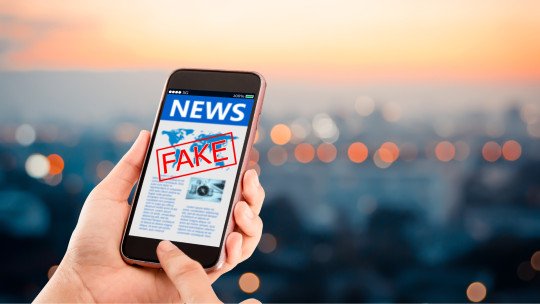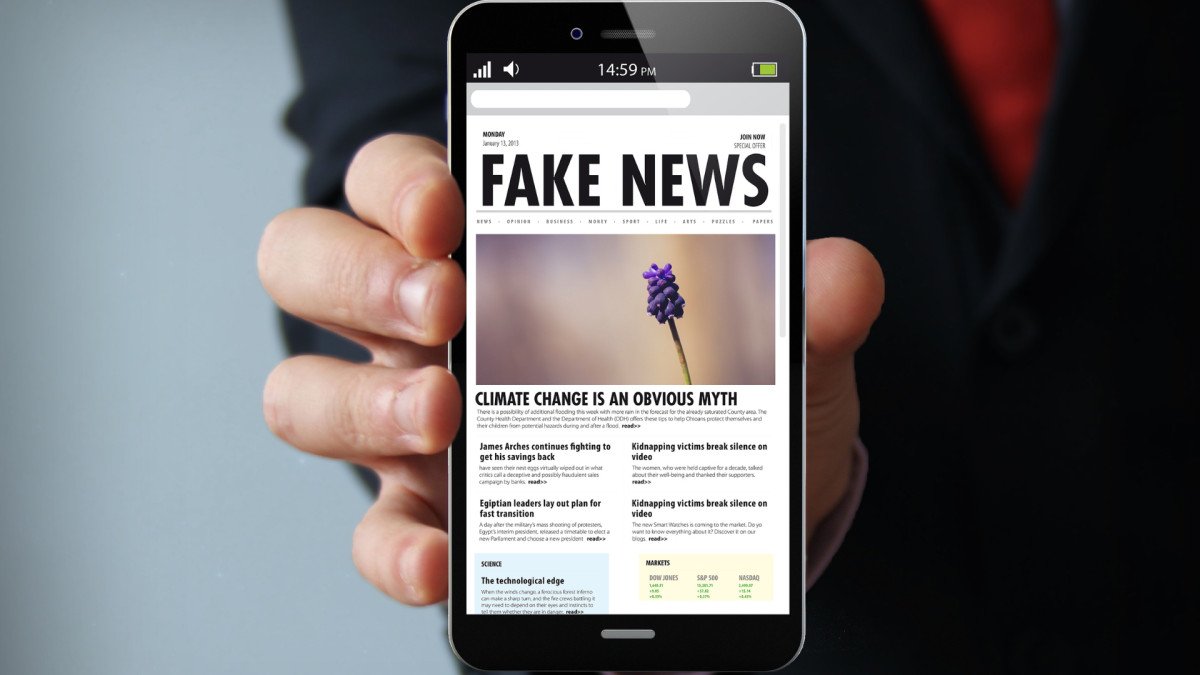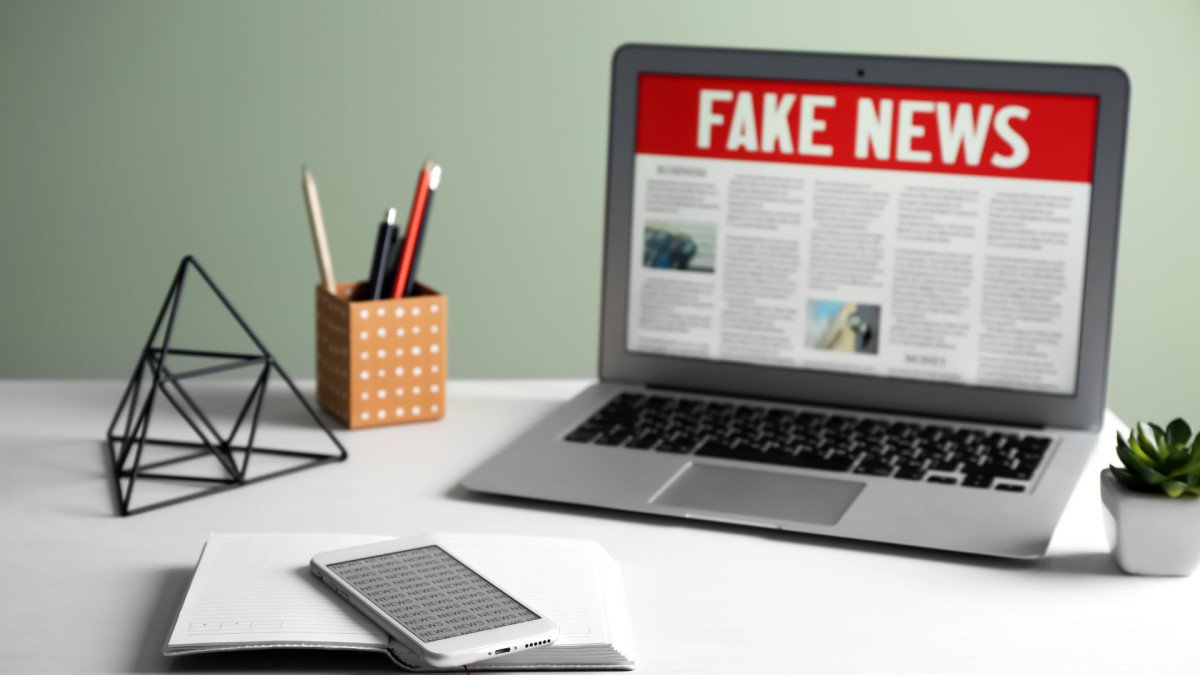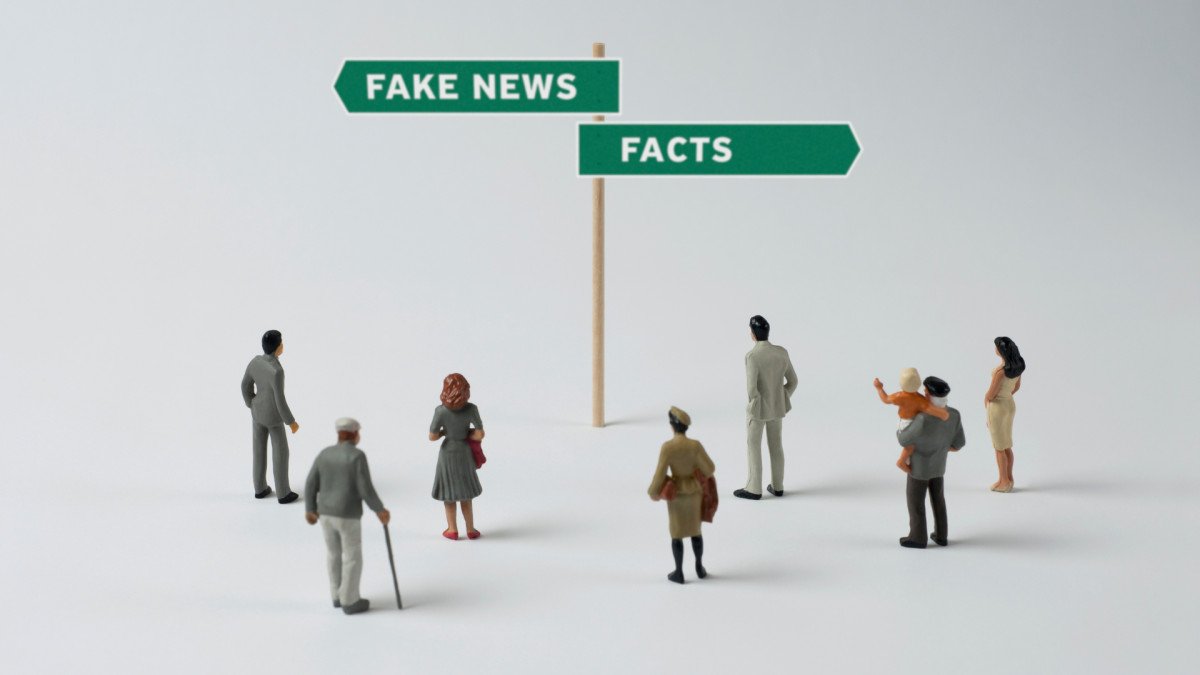
In the digital age, fake news has become a ubiquitous phenomenon that challenges the veracity of information and trust in the media. From conspiracy theories to misinformation about global events, fake news affects our perception of reality and our daily decisions. Psychology offers a unique perspective to understand why people believe and share fake news and how we can combat this phenomenon effectively..
The Role of Cognitive Biases
Cognitive psychology helps us understand how cognitive biases influence people’s gullibility of fake news. One of the most relevant biases is confirmation bias, which leads people to seek and accept information that confirms their pre-existing beliefs. For example, A person who already has a distrust of vaccines is more likely to believe fake news that reinforces that distrust..
The illusory truthfulness effect is another important psychological phenomenon. This effect suggests that repeating a statement, even if it is false, increases its credibility. Social media and media can amplify this effect by repeatedly repeating and spreading fake news.
Emotions and Fake News
Emotions play a crucial role in the spread of fake news. News designed to provoke intense emotions, such as fear, outrage or euphoria, tends to be shared more widely. When news generates a strong emotional reaction, people are more likely to share it without verifying its veracity.
The emotional reaction reduces critical capacity and rational analysis, which makes it easier to accept false information.. For example, during a health crisis, alarming news about a miracle cure may be widely shared out of fear and hope, even if it lacks scientific basis.

Social Dynamics and Propagation of Fake News
Social psychology offers insights into how group dynamics and social pressure influence the acceptance and spread of fake news. In communities where a particular belief is predominant, individuals may feel pressure to conform and accept fake news that reinforces that belief. The need to belong and social conformity can lead people to share false information to be accepted within their social group..
Social networks facilitate the viral spread of fake news. Online platforms allow the rapid dissemination of information through shares, likes and comments, creating a multiplier effect. Additionally, social media algorithms often prioritize content that generates high engagement, which can include fake news designed to be shocking and provocative.
Psychological Consequences of Fake News
Fake news not only affects the perception of reality, but also has significant psychological consequences. Distrust in the media can erode trust in institutions and verified information. People may feel disoriented and skeptical, questioning even legitimate sources of information.
Polarization and social fragmentation are other serious consequences. Fake news can exacerbate political and social divisions by creating parallel realities where different groups have completely opposite perceptions of the same events.. This polarization makes dialogue and the resolution of collective problems difficult.

Psychological Strategies to Combat Fake News
To address the challenge of fake news, it is crucial to develop psychologically-based strategies that promote media literacy, critical thinking, and emotional resilience.
Conclusions
Fake news represents a significant challenge in our modern society, but psychology offers effective tools and strategies to address it. Through education, promoting critical thinking, psychology-based interventions, and building emotional resilience, we can reduce the influence of fake news and strengthen our ability to discern the truth. Ultimately, a well-informed and emotionally resilient society is our best defense against misinformation..









